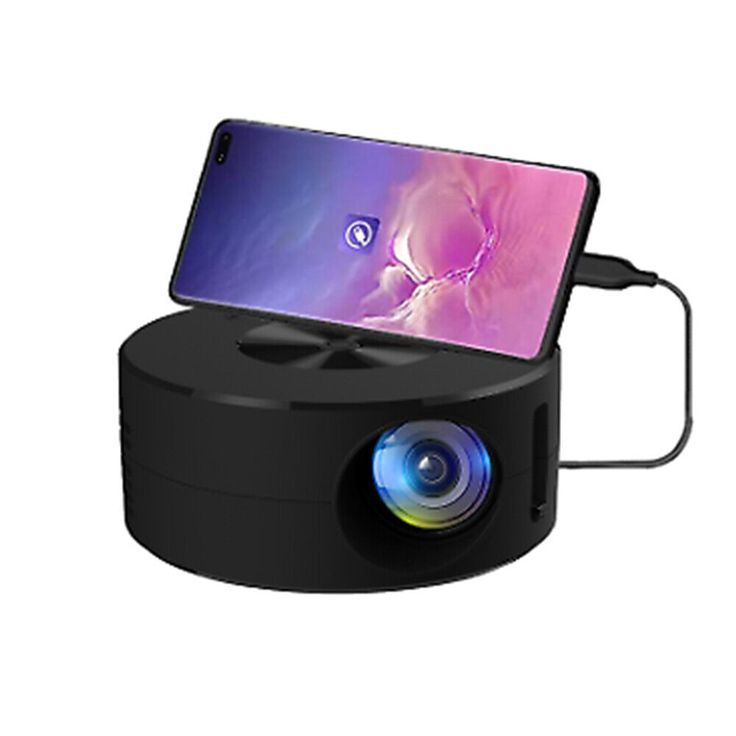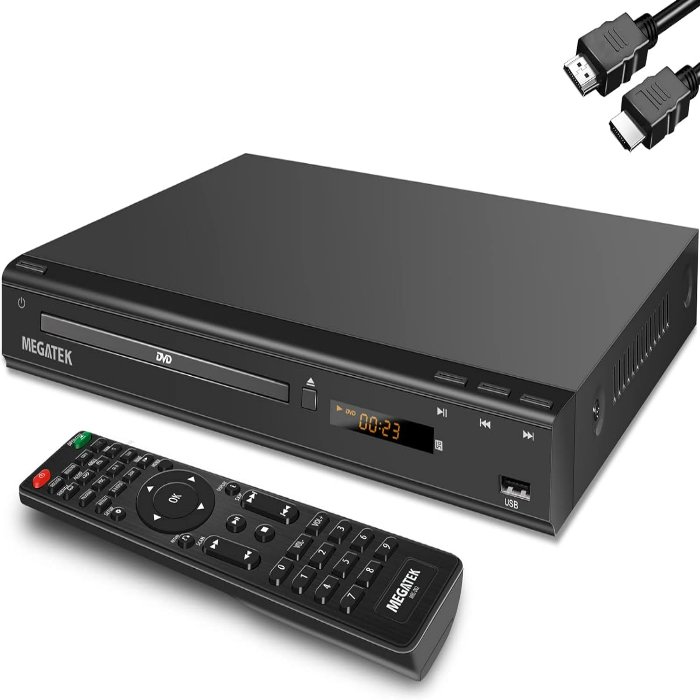Importance of Right Projector Screen Size
Choosing the right projector screen size is crucial for optimal viewing. A screen too large overwhelms viewers if their seats are too close, causing eye strain and discomfort. They may need to scan their heads side to side to capture the entire image. Yet, a screen too small can result in a less immersive experience. Viewers might miss the finer details of the content, especially from further away.
Selecting a suitable screen size also affects image clarity. A large screen could stretch and pixelate a low-resolution image. This results in fuzzy visuals, reducing the impact of presentations or videos. On the other hand, a smaller screen packs pixels more densely, leading to sharper images. Therefore, you must consider both the physical dimensions of your room and the resolution capabilities of your projector.
Moreover, the right size enhances the overall aesthetic and functional success of your setup. Whether in a home cinema, classroom, or conference room, matching the screen size with the space ensures everyone has a comfortable and rewarding viewing experience. It’s not just about fitting the largest screen you can; it’s about choosing a size that complements the space, projector capabilities, and viewing requirements.
In summary, the importance of choosing the right projector screen size should not be underestimated. It contributes significantly to the comfort of viewers, the quality of the viewing experience, and the effectiveness of your presentations or entertainment setup.
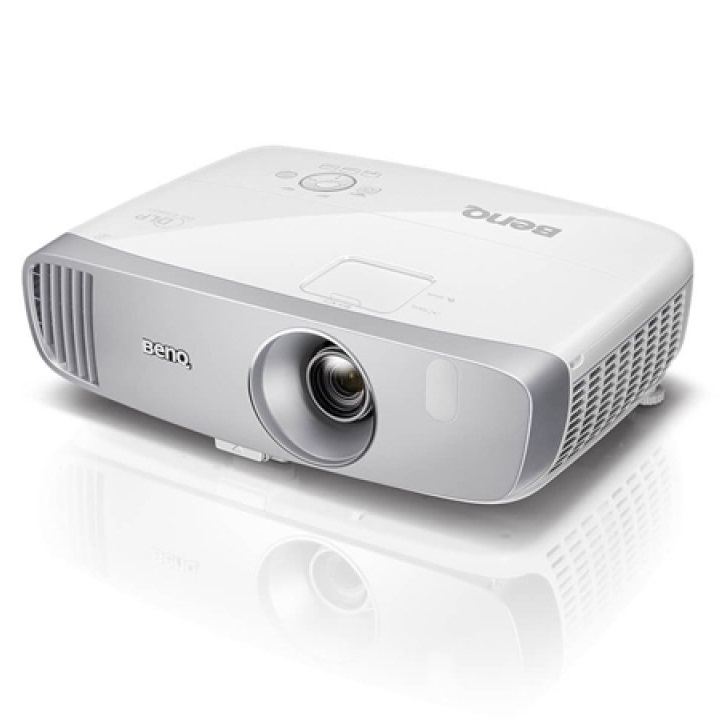
Determining the Ideal Screen Size for Your Room
Choosing the ideal projector screen size for your space is key. Not every room can handle a giant, cinema-style screen. First, measure your room. You need to know exactly how much space you have available. Consider the room’s layout. Where will viewers sit? Is there space for the projector itself? These factors influence screen size. Aim for a screen that fits well and offers a good viewing experience.
Next, think about the screen’s width versus room length. A screen too wide makes viewing tough for those close to it. If it’s too narrow, those at the back struggle to see. The aim is to balance the screen size to room dimensions perfectly. Lastly, remember the room’s purpose. Is it for casual movie watching? Or intense gaming? Maybe detailed presentations? Each purpose might need a different screen size for best results. In sum, measure your room, consider layout and use, and choose a screen that enhances viewing pleasure.
The Relationship Between Projector Screen Size and Viewing Distance
The right projector screen size determines how you enjoy your viewing experience. It’s not just about the size. It’s about how far you sit from it. Why does this distance matter? It ensures that you see the full image comfortably. You’ll want to avoid turning your head like you’re at a tennis match. So, correct distance is key.
Imagine a screen too big for your room. It’s like sitting front row at a cinema. Not comfortable, right? You get eye strain and might miss some action. And a too-small screen? The back-row experience. You squint to see details. It’s not fun.
There’s a simple formula for this. Double the screen’s width. That’s your minimum distance. And don’t seat anyone more than five times the screen’s width away. This keeps everyone happy.
Take a 100-inch screen, for example. It’s about 87 inches wide. So, sit at least 174 inches away. That’s about 14.5 feet. And the farthest should be about 72.5 feet away. Seems like a lot, right? But it’s the safe range for clear viewing.
A screen that fits nicely and a proper distance make all the difference. Take the time to get both right. Remember, bigger is not always better. And closer does not mean clearer. It’s about the perfect balance for a great experience.
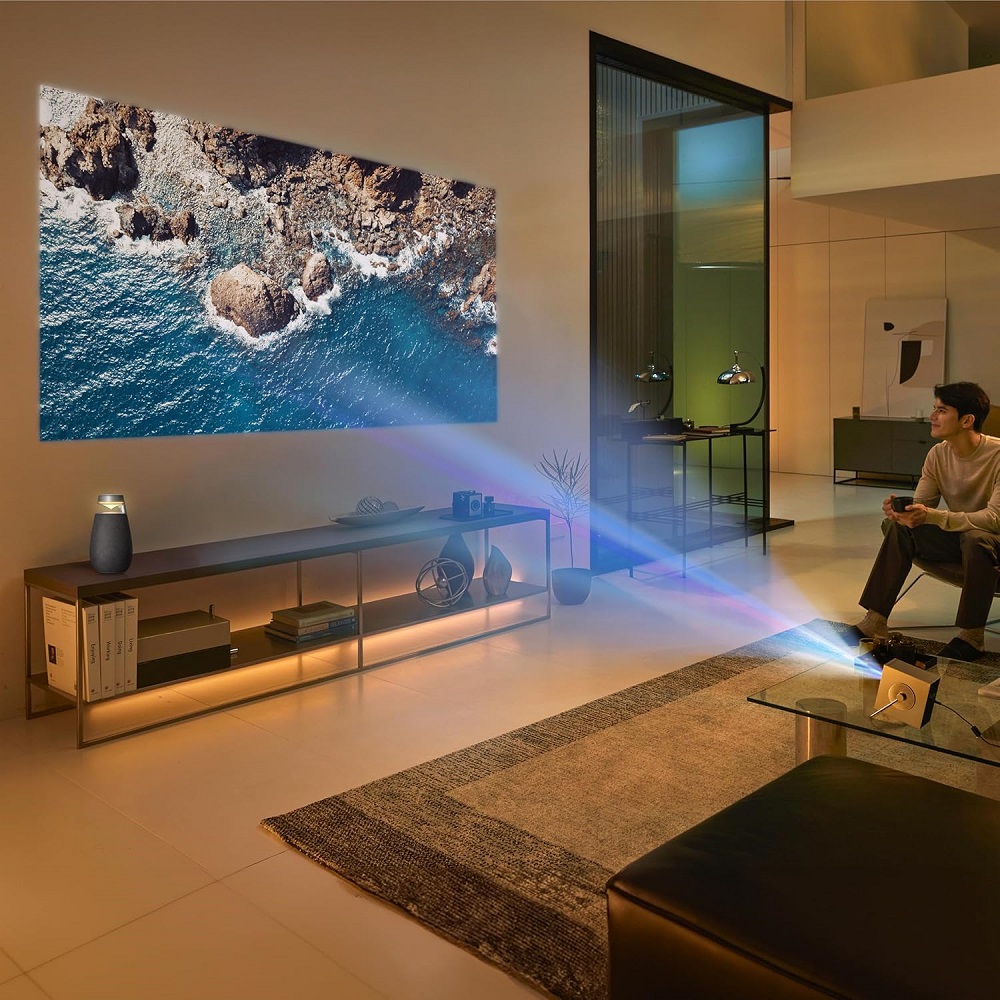
The 4/6/8 Rule for Screen Viewing Based on Content Type
When planning your viewing space, a simple rule comes into play. This rule, known as the 4/6/8 rule, adjusts based on your content type. We’ll break down what this means for various media forms.
Images with Fine Details and Analytical Work
For content that involves detailed images or analytical tasks, follow the ‘4x height’ rule. Here, the safe maximum viewing distance from the screen should be four times the screen’s height. This distance helps preserve detail clarity, crucial for close analysis.
Images with Large Text
For presentations or content featuring large text, the ‘6x height’ rule applies. Viewers should be positioned no more than six times the height of the screen. This distance ensures text readability from any seat in the room.
Imagery and Films for Passive Viewing
For general viewing, like watching films or imagery, the ‘8x height’ rule is suitable. This means viewers can sit up to eight times the screen’s height. This setup is ideal for cinema-style setups where broader, less detailed viewing is OK.
Each of these rules serves to optimize the viewing experience based on the type of content displayed, making it easier for you to set up the ideal projector environment. Remember, the bigger the screen, the more room you’ll need to use these rules effectively.
Considering the Horizontal Viewing Angle
The horizontal viewing angle is fundamental in setting up your projector screen. It defines the field of view from each screen corner to the center of your seating area. A proper angle ensures that viewers can see the entire image without excessive head turning.
For most comfortable viewing, aim for a horizontal viewing angle between 40 to 50 degrees. This range prevents the image from stretching beyond what our eyes can comfortably perceive from a center point. At this angle, the image fills your vision without causing strain.
Exceeding 60 to 70 degrees might lead to discomfort. At such wide angles, viewers closest to the screen may experience eye strain or headaches, as they have to move their eyes more to capture the entire scene. Keeping within the optimal range enhances viewer comfort and image quality.
In summary, maintaining the correct horizontal viewing angle maximizes comfort and visual clarity. It ensures all viewers enjoy a fully visible and clear image without the need for constant head movement. This makes a significant difference in both casual and professional viewing environments.
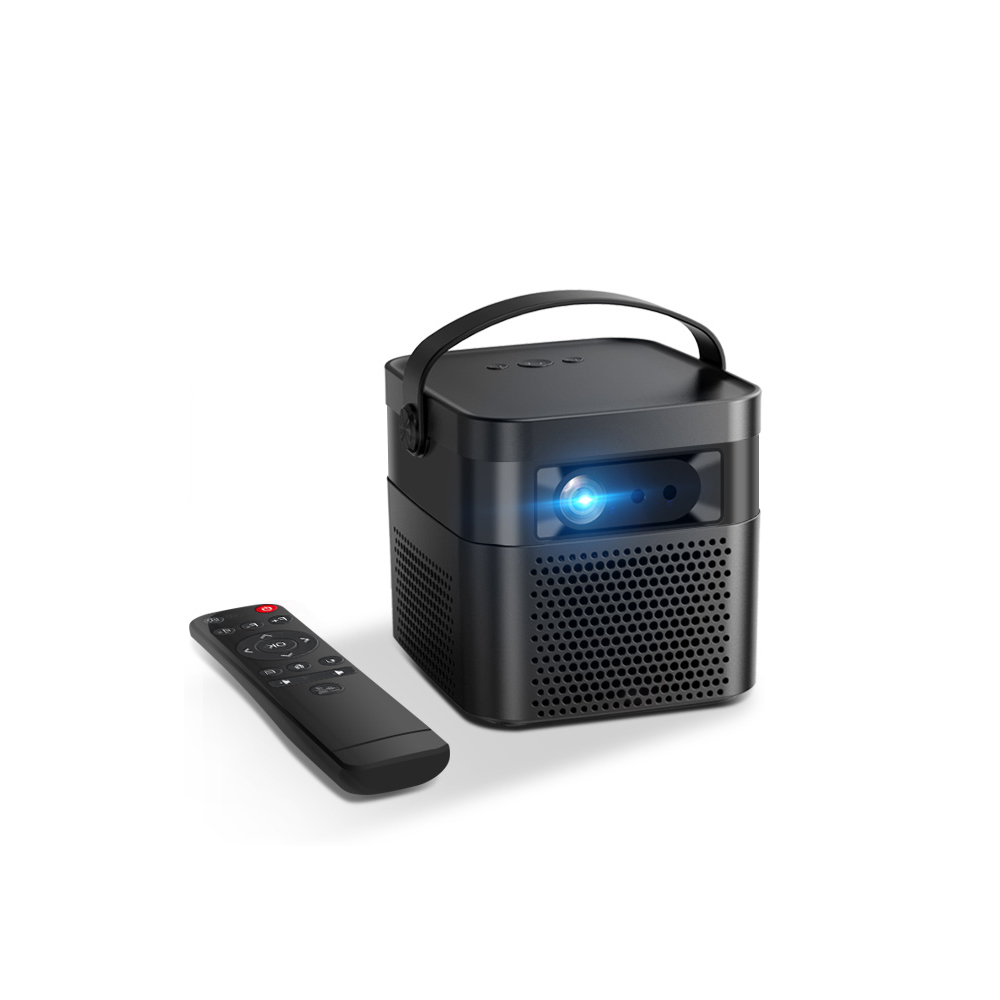
Aspect Ratios Explained: Which One Suits Your Projector?
When setting up a projector, aspect ratio plays a crucial role. This ratio defines the shape of the projected image. It affects how the content fits onto your screen. There are three common aspect ratios to consider for your projector screen.
Widescreen Format 16:10
This ratio is common for business or educational projectors. In this setup, the image is slightly wider than high. It’s ideal for computer presentations and data-centric applications. Choose this if your content comes mainly from computers with a 16:10 resolution.
Widescreen Format 16:9
This is the standard for home cinema. It matches most TV broadcasts and many online video platforms. If you’re into movies or gaming, this format aligns with native widescreen content. It gives a cinematic feel to your space.
Video Format 4:3
Older media often uses this format. It’s boxier, closer to a square shape. It’s well-suited for classic films or standard-definition television. If your projector deals mostly with older content, or you’re projecting from a laptop with a 4:3 resolution, this is a safe bet.
Picking the right aspect ratio means avoiding black bars on the top or bottom of your screen. It’s about your content fitting perfectly. So, match your screen to your projector’s native ratio. This ensures the best display of your content on screen, without any compromise in quality or viewer experience.
Throw Distance and Why It Matters
Throw distance is the space between the projector and screen. It shapes your viewing setup. It’s crucial because it affects screen size and image quality.
Short throw projectors let you place them near the screen. They’re great for small rooms. No need to worry much about setup space.
Long throw projectors work for big spaces. Like auditoriums or large home cinemas. They can sit far from the screen without losing quality.
Ultra-short throw projectors are for tight spots. Place them just inches away. They still give you a big picture.
Remember, the wrong throw distance can mess up your image. It could look blurry or have parts cut off. So, match your throw distance with your room size and your projector screen size properly.
To sum up, throw distance matters a lot. It decides how the image is thrown on the screen. It means clear images or blurry ones. Too close could crop details. Too far might blur them. Selecting the correct throw distance ensures everyone enjoys a crisp, clear view.
Tips for Choosing the Best Projector Screen Size
Choosing the best projector screen size involves several key considerations to ensure optimal viewing. Here’s a condensed guide to help you make the right choice:
- Measure Your Space: Start by measuring the room where you’ll install the projector screen. Consider both the width and the height of the room and determine how much space is available for the screen.
- Consider Viewer Distance: Follow the general rule where the minimum viewing distance is twice the width of the screen, and the maximum should not exceed five times the width. This ensures every viewer can comfortably see the screen without straining.
- Select Appropriate Aspect Ratio: Choose a screen with an aspect ratio that matches your projector. The common aspect ratios are 16:10 for business and educational content, 16:9 for home cinemas, and 4:3 for traditional or vintage media.
- Understand Throw Distance: Know the capabilities of your projector regarding throw distance. Short throw projectors are good for smaller spaces. Long throw projectors suit large venues, and ultra-short throw projectors are perfect for tight spaces.
- Check Screen Material: Not all screen materials are the same. Some enhance brightness, others are better for darker environments. Choose a material that complements both your projector and ambient lighting conditions.
- Room Usage: Consider what you typically use the room for. Are you watching movies, giving presentations, or playing games? This can influence the size and type of screen required for optimum performance.
- Consult Experts if Needed: If you are unsure about the calculations or the type of screen needed, don’t hesitate to consult experts who can provide tailored advice based on your setup.
By considering these tips, you can select a projector screen that not only fits your room perfectly but also enhances your viewing experience, making every presentation or movie night a big hit.
